






We can learn A Lot of things from Trees.







The first truth is that man is an animal and has not progressed past his beastliness in a significantly meaningful way, and as such, he is largely flying blind into chaos. He is granted an assured sense of belief in himself by virtue of his cognition, his sense of expanded time, and his own mythmaking - however, this does not translate into any real mastery over a world largely outside of his understanding and control.
The second truth is that all human plans and plots are more involved and more sinister than they appear, shrouded even from their architects by clever self-deceptions and further shielded by morality, the medium of mortal fear. All civilization is a great conspiracy of overlapping and dueling interests, subconscious, semiconscious, and overt. To live is to manipulate the world towards your own survival, to devise and follow strategies and adapt those of others to your own needs. Everybody is permanently encoded with this instinct, and it goes as far back and as broadly as existence itself.
And this is only when it comes to mankind. There are a vast host of largely unknown minds and interests with their own structures of being that man has absolutely no understanding of; and yet, which we are nonetheless inextricably linked to, within, party to, part of.
You will also note that the more you talk about these two contradictory truths that they begin to merge with one another, drawing further apart from each other even as they do so. We can observe this geometrically* or linguistically. What truthful statement can you garnish for which its opposite is not equally true, whether it be a broad generalization of mankind's faults or merits or entirely neutral tendencies; or a narrow point of specificity, a single grain of experience amidst the mortal ocean? We picture a linear ascent to heaven, a polarity of absolutes, but where in existence does such a structure exist? How can it possibly withstand itself or the countless forces exerted upon it without bending and distorting in space and time? The first and second truths are one in the same, and diametric opposites. There is no contradiction if the primary interpretation of all things, observable and otherwise, is paradox.
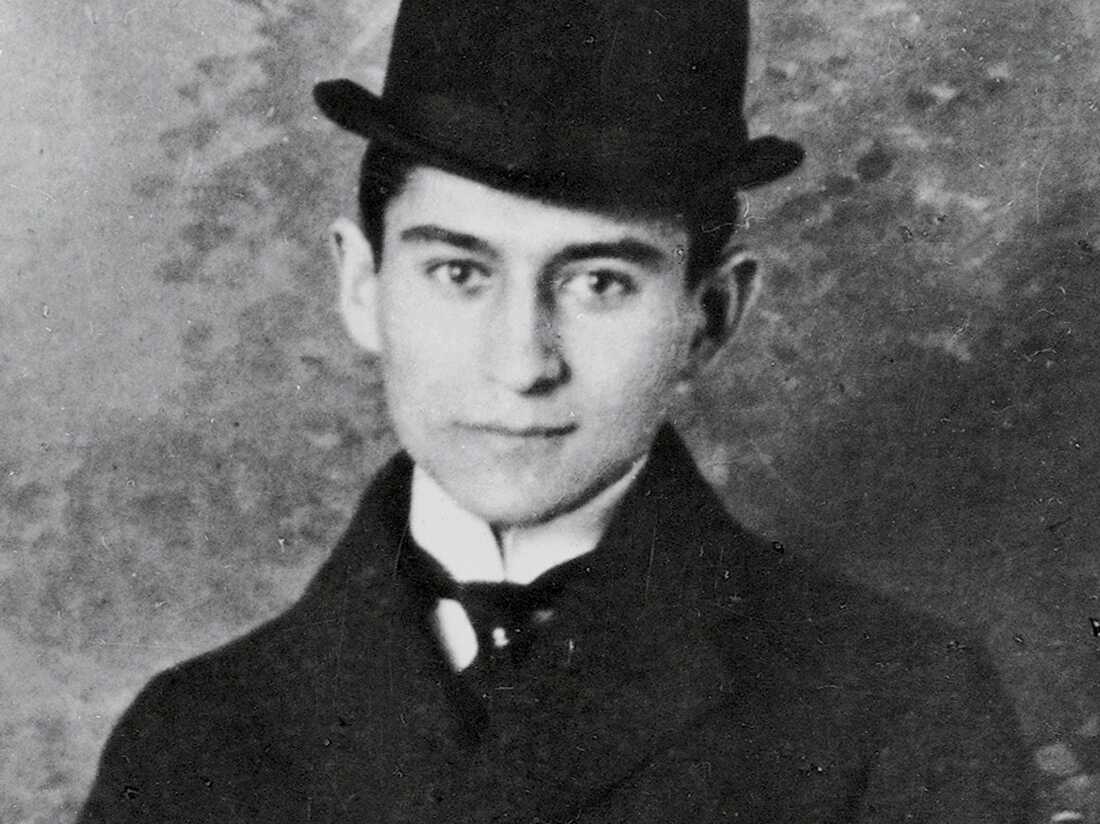 "God said that Adam would have to die on the day he ate of the Tree of Knowledge. According to God, the instantaneous result of eating of the Tree of Knowledge would be death; according to the serpent (at least it can be understood so), it would be equality with God. Both were wrong in similar ways. Men did not die, but became mortal; they did not become like God, but received the indispensible capacity to become so. Both were right in similar ways. Man did not die, but the paradisical man did; men did not become God, but divine knowledge."
"God said that Adam would have to die on the day he ate of the Tree of Knowledge. According to God, the instantaneous result of eating of the Tree of Knowledge would be death; according to the serpent (at least it can be understood so), it would be equality with God. Both were wrong in similar ways. Men did not die, but became mortal; they did not become like God, but received the indispensible capacity to become so. Both were right in similar ways. Man did not die, but the paradisical man did; men did not become God, but divine knowledge."
He is a free and secure citizen of the world, for he is fettered to a chain which is long enough to give him the freedom of all earthly space, and yet only so long that nothing can drag him past the frontiers of the world. But simultaneously he is a free and secure citizen of Heaven as well, for he is also fettered by a similarly designed heavenly chain. So that if he heads, say, for the earth, his heavenly collar throttles him, and if he heads for Heaven, the earthly one does the same. And yet all the possibilities are his, and he feels it, more, he actually refuses to account for the deadlock by an error in the original fettering."
Man is a great illiterate prophet. Everything within us screams against itself, and those cries conduct a beautiful harmony - we have for our divine archetype the Holy Fool, who worships god through worshipping contradiction.
In the same way, chaos is indistinguishable from certainty. At once we're products of vast causal chains, and by this notion all aspects of observable, material reality are simply because they must be. All branches of time and circumstance are threaded into a web that enshrouds all life, rigid in its individual branches, and yet flexible in its great porous structure. At the same time these realities are brokered by random mutation. Our dual natures are once more in conflict - and in synchronization: we have encoded within us the key to all reality, but we can't read it. Our minds aren't capable of seeing each individual thread, of comprehending it beyond that of the base instinctual level that all living things are inherently capable of.
But remember that for each true statement it's opposite is also true. You can see the shape of god through the holy blasphemy of arrogance. Go into a quiet room and listen, you will hear infinite sounds. Look into the empty sky, you will see the atoms that make up the air, invisible and visible to us, known to us as nothing else is and wholly alien.
* The shape of the cosmos eludes us. Symbols serve as temporarily sufficient placeholders:
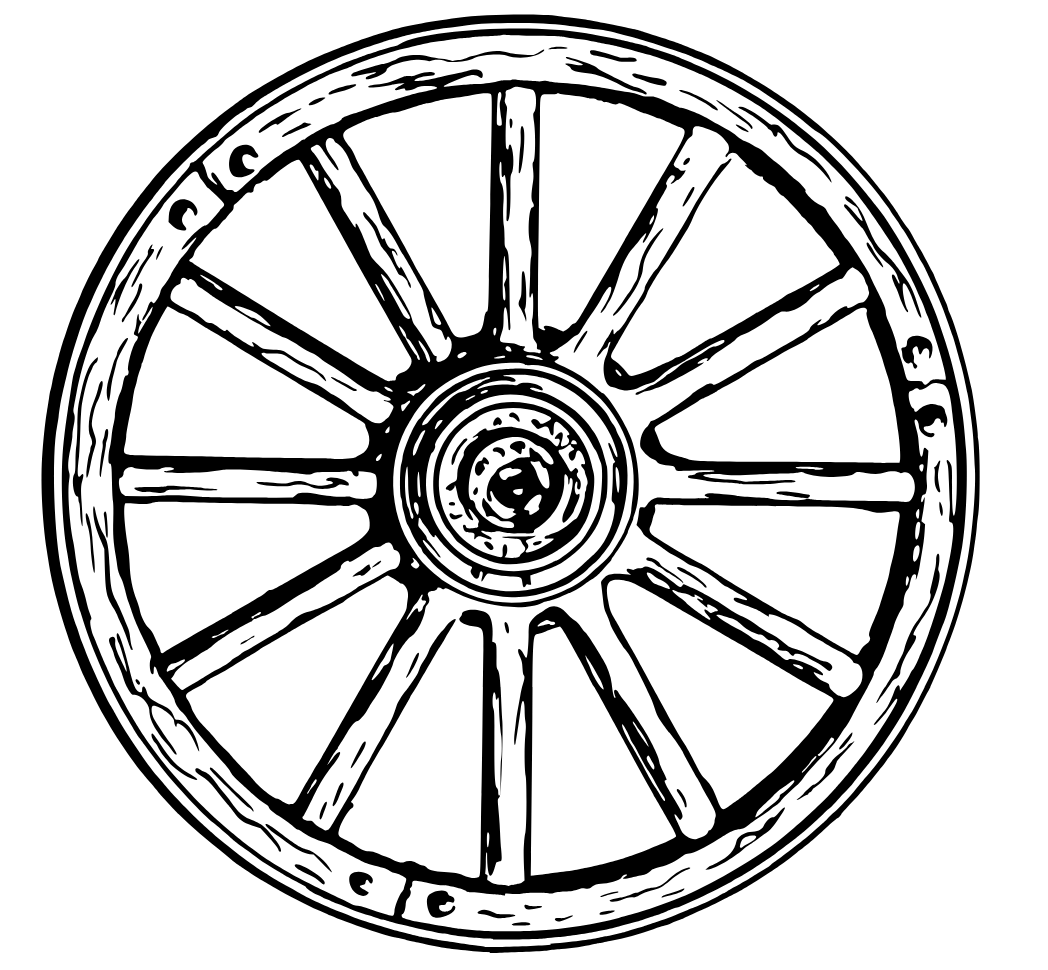 The wheel is a beautiful illustration of the form and structure of paradox reality. A wheel exists and functions in diametric opposition with itself, diametric opposition being the most extreme opposite. The spokes are organized in sets, themselves in diametric opposition with each other, as well as with themselves: the inner and outer points of each spoke as they align with both the axis and the exterior. It is through this diametric opposition that they are able to function.
The wheel is a beautiful illustration of the form and structure of paradox reality. A wheel exists and functions in diametric opposition with itself, diametric opposition being the most extreme opposite. The spokes are organized in sets, themselves in diametric opposition with each other, as well as with themselves: the inner and outer points of each spoke as they align with both the axis and the exterior. It is through this diametric opposition that they are able to function.
When a wheel is moving along a surface, several forces are acting upon it at once in order to facilitate this movement:
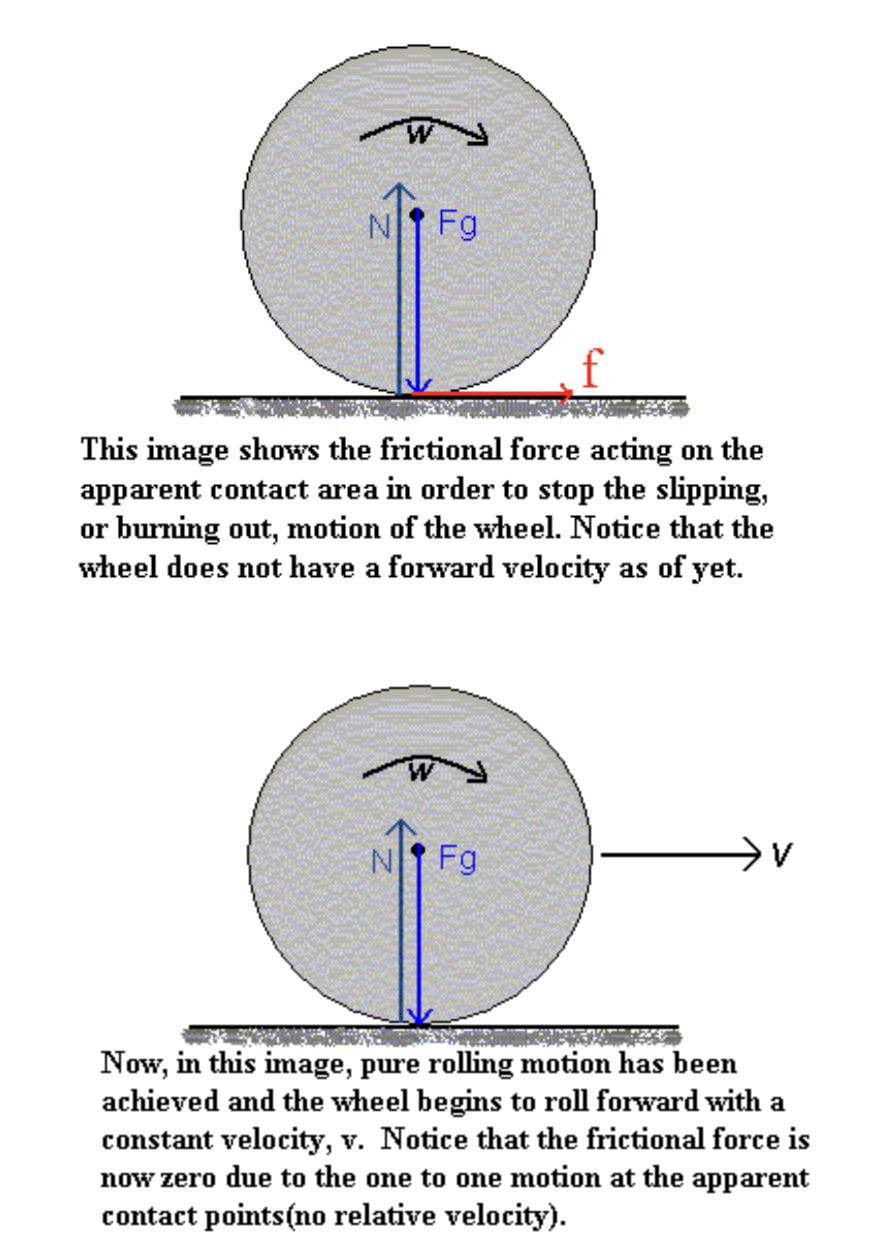
"N" refers to the normal vector, or that which is perpendicular to the surface in question. "Fg" is the force of gravity. Notice how these two forces themselves resembles spokes in this illustration - even in cases where there are no observable spokes, a wheel retains its spokes. The rotation of the wheel is the angular velocity, "w", while the forward movement is "V", and "f" is friction.
These forces are also frequently acting in opposition with each other, as well as alongside each other, in order to produce the intended effect. The wheel could not function without its spokes, or these multiple forces acting upon its different components in different - and often diametrically oppositional - ways.
In other words, it acts through a contradiction of its form. It is both linear and cyclical. It is both in motion and at rest. It is ever-changing and constant.
A wheel can come in many forms and functions. It may or may not have visible spokes. It may or may not have treads to aid in producing friction and thus movement. Some objects which are not referred to as "wheels" still act as wheels under certain circumstances. A compact disc (CD) can become a wheel. Similarly, we can find and identify wheels within ever aspect of material reality.

The fractal, which can also be illustrated as a tree, particularly the Pythagorean fractal tree as seen below, is, similarly, a form that integrates through separation.
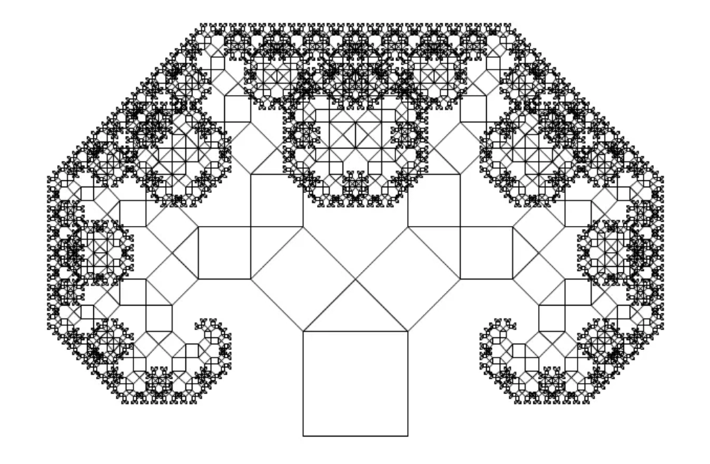
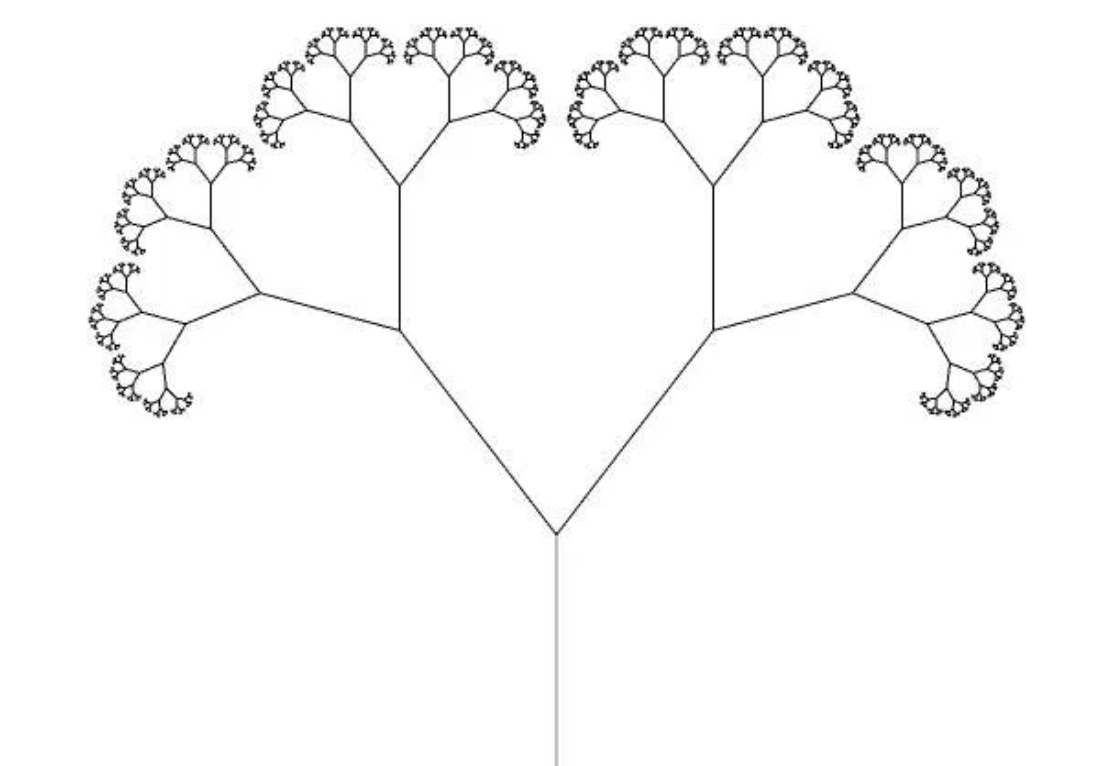
 "Things that grow in a natural way, whether cities or individual houses, have a fractal quality to them. Like everything alive, all organisms, like lungs, or trees, grow in some form of self-guided but tame randomness. What is fractal? Recall Mandelbrot's insight: "fractal" entails both jaggedness and a form of self-similarity in things (Mandelbrot preferred "self-affinity"), such as trees spreading into branches that look like small trees, and smaller and smaller branches that look like a slightly modified, but recognizable, version of the whole.
"Things that grow in a natural way, whether cities or individual houses, have a fractal quality to them. Like everything alive, all organisms, like lungs, or trees, grow in some form of self-guided but tame randomness. What is fractal? Recall Mandelbrot's insight: "fractal" entails both jaggedness and a form of self-similarity in things (Mandelbrot preferred "self-affinity"), such as trees spreading into branches that look like small trees, and smaller and smaller branches that look like a slightly modified, but recognizable, version of the whole.
[...]These fractals induce a certain wealth of detail based on a small number of rules of repetition of nested patterns. The fractal require some jaggedness, but one that has some method to its madness. Everything in nature is fractal, jagged, and rich in detail, though with a certain pattern. The smooth, by comparison, belongs to the class of Euclidian geometry we study in school, simplified shapes that lose this layer of wealth.
Time stretches out behind and ahead of us, a thread of consequence that predates us miles beyond our comprehension, but tangles at the same time around our insides like an endless coil.
We carry geologic evidence of the circumstance of life. A candlelight passed over a darkness so dense you can touch it with your own hands. Every living thing is a product of inevitability. The pieces slide into place one by one. Mythological freedoms pull us rigid. Each creature following dual treads of instinct and circumstance towards a single burning future. Everything will be the same and everything will change.
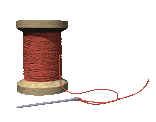
If we're just following the thread until its natural conclusions then the only way out is through. Chase the rabbit down the burrow. Pack your sundries and dutifully march off the cliffside. Claim yourself with a rabid hunger until all is consumed, circuitous, driven by the energy of your own chaos, chew the marrow and bear yourself as progeny again. Again and again and again.
Each man alone in his hunger is blessedly lost and touched with grace. Less a link in a chain than a single leg of a giant lumbering beast barreling forward. It is through our loneliness that we access divinity, each voice attuned in a universal note.
We are never unheld.
This great demon of change will tear at your traditions with furious affection. It will rip you limb from limb in its benevolence. And you will say that it hurts and that it isn't fair. And you will know that it will always hurt and it will never be fair. And then the beast will steal even that from you, the certainty, the infertility of perfect knowledge. And it will order you out into the world to tear through great forests and dig the deepest pits and be at once torn and dug into and you will struggle to find your footing and your eyes will wet as the sun blinds them and your skin will open as the thorns catch it and your heart will cry out to hear itself echo and you will certainly never find peace. And one day you will notice that you bear your teeth in a frenzy of joy as you beat your hands bloody against the fences and bruise yourself pushing through openings far too small and flail against the pull of the sea. And you will thank the great circuitous nothingness and the great demon that spins it like a loom for the forest and the pit and the sun and the thorns and the tears and the fences and the pain. And the love. In all of them, such unflinching, unending love. As certain and steady as the beat of a drum.